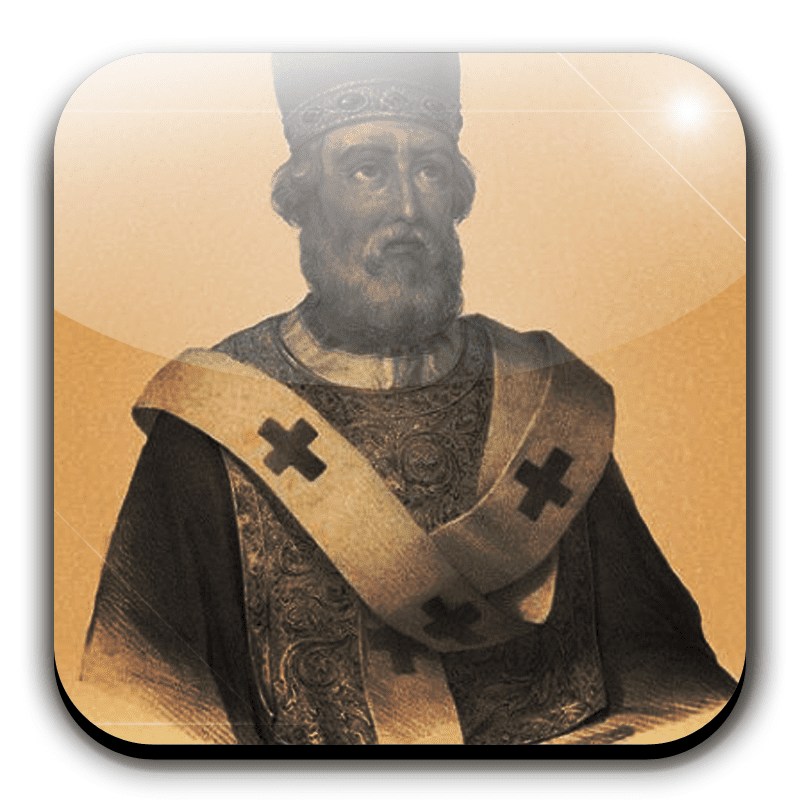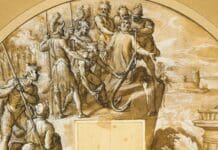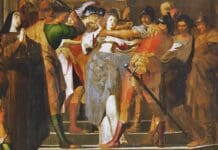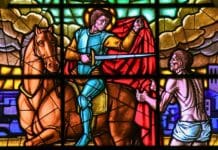Probably born near the city of Idanha-a-Nova in what is present-day Portugal. His life coincided with the rise of Constantine I and the reunion and redivision of the Western and Eastern Roman Empire as well as what is sometimes known as the Constantinian shift associated with the widespread legitimization of Christianity and the later adoption of Christianity as the religion of the Roman state.
Damasus was a sixty-year-old deacon when he was elected bishop of Rome in 366. His reign was marked by violence from the start when another group decided to elect a different pope. Both sides tried to enforce their selections through violence. Though the physical fighting stopped, Damasus had to struggle with these opponents throughout his years as pope. Damasus defended with vigour the Catholic Faith in a time of dire and varied perils.
Damasus may not have won this battle directly, but he won the war by initiating works that outlasted all his opponents. Not only did he commission the Vulgate translation by his personal secretary, St. Jerome, but he also changed the liturgical language of the Church from Greek to Latin. He worked hard to preserve and restore the catacombs, the graves of the martyrs, and relics.
Damasus was a writer — but he didn’t author many-volumed treatises as other Christian writers did. Damasus liked to write epigrams in verse: short sayings that capture the essence of what needed to be said. He wrote many epigrams on martyrs and saints. And he wrote one about himself that shows his humility and the respect he had for the martyrs.
In a Roman cemetery is the papal crypt he built. All that is left of him there, however, is this: ” I, Damasus, wished to be buried here, but I feared to offend the ashes of these holy ones.” Instead, when he died in 384, he was buried with his mother and sister.

















